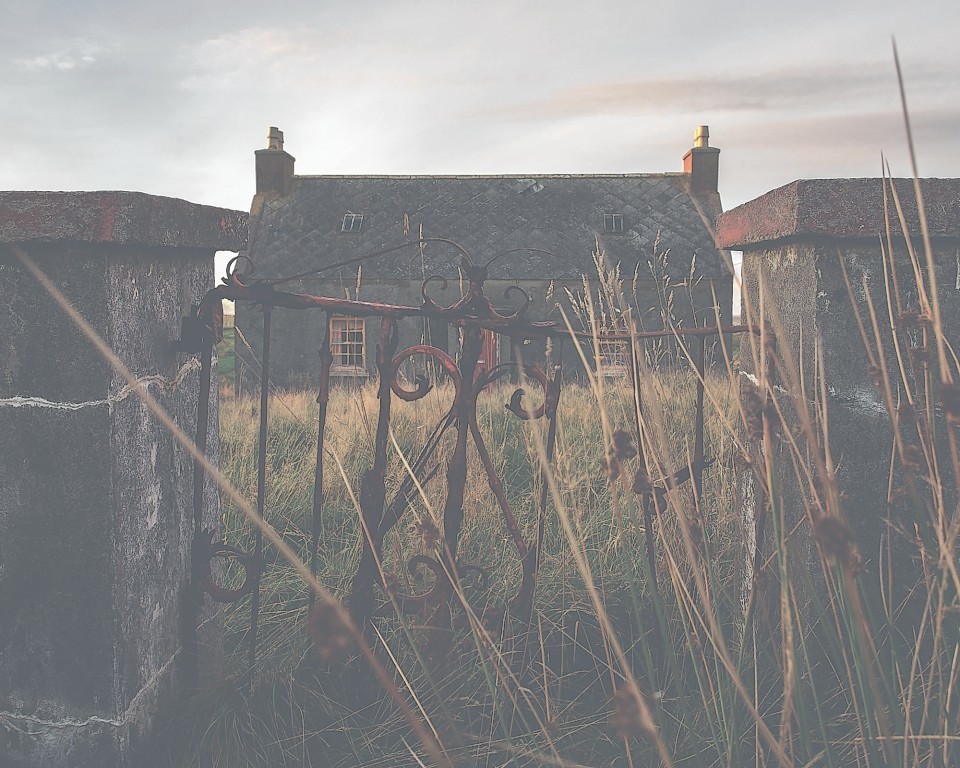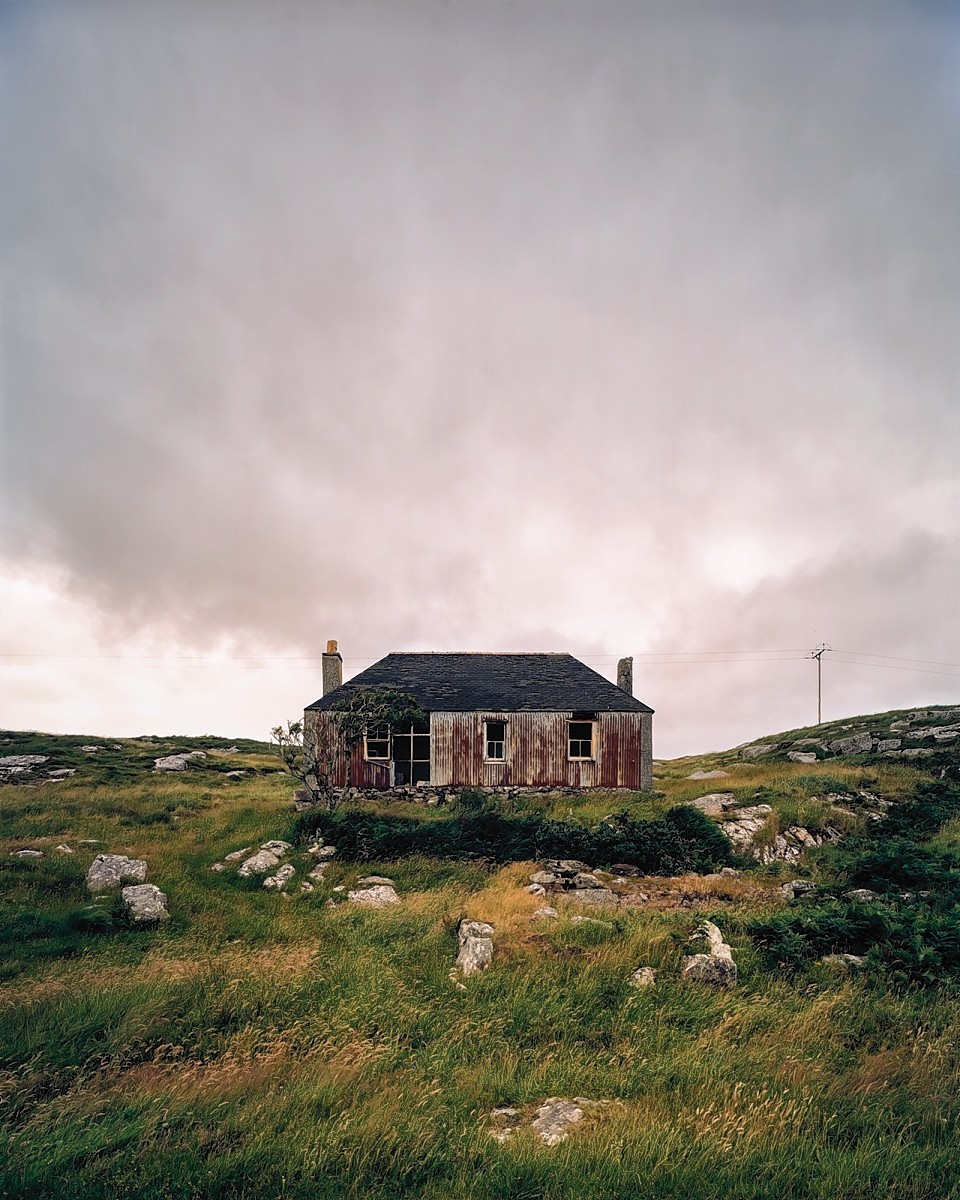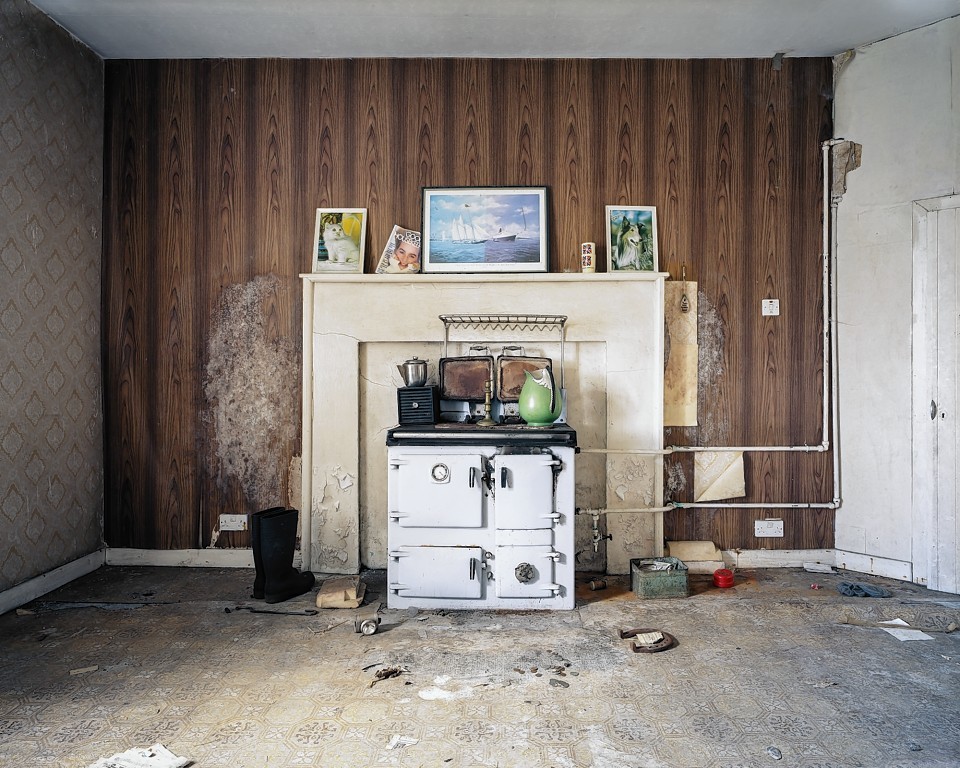Hundreds of abandoned island houses are on course to be given a new lease of life – thanks to the former drummer in a punk band.
John Maher’s haunting photographs of the deserted crofts have become the catalyst for a project to make them homes again and lure people back to the Hebrides.
The former Buzzcocks musician’s pictures inspired one of the world’s biggest charitable trusts to start drawing-up plans to rescue the derelict properties and return them to use.
There are about 1,000 empty properties “frozen in time” in the Western Isles, many of which have been empty since their owners died or moved to the mainland.
Meanwhile, there is a big housing problem in the islands, with about 1,000 people waiting for a home.
Pictures taken by Mr Maher and Fife vet Ian Paterson showing the crofts slowly rotting away persuaded members of the Carnegie Trust to act after they were exhibited at Stornoway.
A housing agency now plans to renovate the first properties this autumn in a scheme which could save the islands’ dwindling rural communities.
Brian Whitington, project manager at the agency Tighean Innse Gall, said the photographs were “the catalyst” for the ground-breaking idea.
He said the exhibition of photographs – first shown in 2013 – had a “profound effect”.
He added: “People thought, ‘how can we not do something with these?’.
“There are 1,000 of these empty properties in the Western Isles and there around 1,000 people waiting for housing in the Western Isles.”
So far the agency has been given £50,000 to get the project started, and hopes to raise hundreds of thousands.
Last night, the scheme was welcomed by community leaders in the Western Isles.
The local authority no longer has any housing stock after its council houses were transferred to the Hebridean Housing Partnership in 2006.
Councillor Alasdair Macleod, the chairman of the sustainable development committee, said: “I would welcome any initiative that will increase the housing stock.”
He added that the reasons for the houses being left vacant were complex and that each croft had “a different story” behind it.
Crofter Murray MacLeod also welcomed the scheme.
He said that economic decline had led many people to abandon crofting over the years.
He added: “Any new source of funding that will help either the crofting tradition or crofters themselves is very welcome.
“Certainly there is a big issue at the moment with sources of assistance through the government and Common Agricultural Policy.”
Mr Maher, who is now based in Harris, said: “The pictures had quite an impact with the people in the Carnegie Trust.
“If it results in some people moving into a renovated home it can’t be looked at in any other way than positive.”
Jim Metcalfe, head of practice and development at Carnegie UK, said the trust has been involved in the project for about six months and was now on the steering group.
“It could be a very profound contribution to the sustainability of the islands,” he said.
“It’s a really intriguing and very unusual project.”
He added: “We’ve already helped to get some funding together and have done some promotion work off the island.”
He said the photography was “quite influential” in the trust getting involved with the project.
The Carnegie Trust is a charitable foundation founded by Scots industrialist Andrew Carnegie in 1913.
He was born at Dunfermline in Fife in 1835 and emigrated with his family to America when he was aged just 13.
He went on to lead the enormous expansion of the American steel industry and gave away the equivalent of £3billion to charity.
His life has often been referred to as the original “rags to riches” story.


